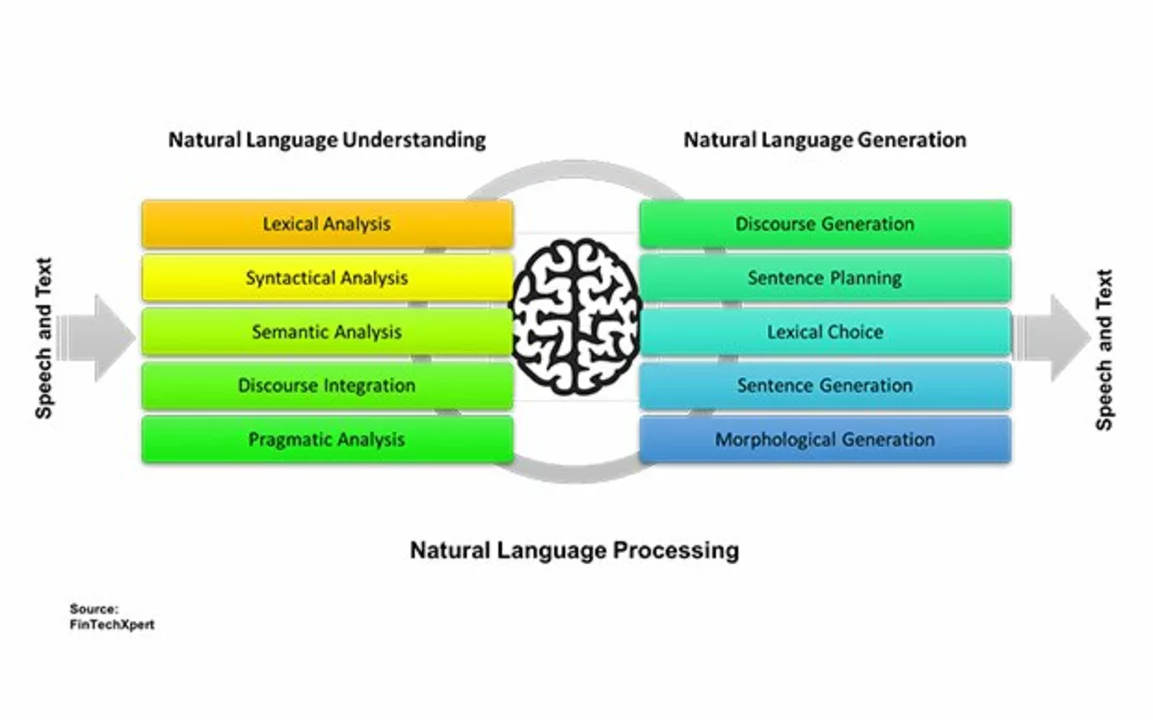Understanding Synonyms in Language
As a language enthusiast and blogger, I have always been fascinated by how translation software can accurately interpret and translate texts. One of the most intriguing aspects of this process is the way these programs deal with synonyms. In this article, we will explore how translation software handles synonyms and the challenges they present in different languages.
The Role of Synonyms in Translation
Synonyms are words that have the same or similar meanings, making them an essential part of any language. They add richness and versatility to our vocabulary, allowing us to express ourselves in various ways. However, synonyms can also pose a significant challenge for translation software. Since these words have similar meanings but are not always interchangeable, it is crucial for translation software to recognize and utilize them correctly.
How Translation Software Identifies Synonyms
Translation software uses various linguistic algorithms and machine learning techniques to identify synonyms accurately. These algorithms analyze the context in which a word appears and compare it to a vast database of similar words and phrases. By doing so, the software can accurately determine the most suitable synonym for the given context. Additionally, machine learning techniques allow the software to learn and improve its performance over time, resulting in more accurate translations.
Dealing with Homonyms and Polysemy
Another challenge that translation software faces is distinguishing between homonyms and polysemous words. Homonyms are words that have the same spelling and pronunciation but different meanings, while polysemy refers to words with multiple meanings depending on the context. To accurately translate these words, translation software must analyze the surrounding text and determine the correct meaning. This process can be quite complex and requires advanced algorithms and extensive databases of linguistic information.
Tackling Synonym-Related Challenges in Different Languages
When dealing with synonyms, translation software must also consider the unique characteristics and complexities of different languages. Each language has its own set of synonyms, idiomatic expressions, and grammatical rules, which can make the translation process even more challenging. In this section, we will discuss some common challenges that translation software faces when translating synonyms in different languages.
Dealing with Synonyms in Highly Inflected Languages
Highly inflected languages, such as Russian, German, and Latin, have complex grammatical structures that involve numerous word forms and endings. This complexity makes it harder for translation software to identify synonyms, as the same word can appear in various forms depending on the context. To overcome this challenge, translation software usually employs advanced morphological analysis techniques that can recognize and analyze different word forms and their meanings.
Addressing Idiomatic Expressions and Colloquialisms
Idiomatic expressions and colloquialisms are phrases or expressions that have a figurative meaning, which is different from their literal meaning. These expressions often involve synonyms or words with similar meanings and can be challenging for translation software to interpret accurately. To address this issue, translation software relies on extensive databases of idiomatic expressions and colloquialisms, as well as machine learning techniques that can recognize and learn new expressions over time.
Ensuring Accurate Synonym Translation with Contextual Analysis
One of the most critical factors in accurately translating synonyms is contextual analysis. By examining the surrounding text and understanding the context in which a word appears, translation software can determine the most appropriate synonym for a given situation. In this section, we will explore some techniques that translation software uses to perform contextual analysis.
Using Statistical Machine Translation (SMT) Techniques
Statistical Machine Translation (SMT) is a technique that relies on statistical models to generate translations. These models consider various factors, such as word frequencies, word order, and grammatical patterns, to determine the most likely translation for a given word or phrase. By analyzing these factors, SMT can effectively identify the most suitable synonym based on the context in which it appears.
Utilizing Neural Machine Translation (NMT) Models
Neural Machine Translation (NMT) is an advanced translation technique that uses artificial neural networks to generate translations. These networks are designed to mimic the human brain's functioning and can recognize patterns and relationships between words and their meanings. By analyzing the context in which a word appears, NMT models can accurately determine the most appropriate synonym for the given situation.
Conclusion
In conclusion, translation software employs various techniques and algorithms to deal with synonyms and ensure accurate translations. By analyzing the context in which a word appears and considering the unique characteristics and complexities of different languages, these programs can effectively identify and utilize synonyms in their translations. As technology continues to advance, we can expect translation software to become even more sophisticated and accurate in handling synonyms and other linguistic challenges.
